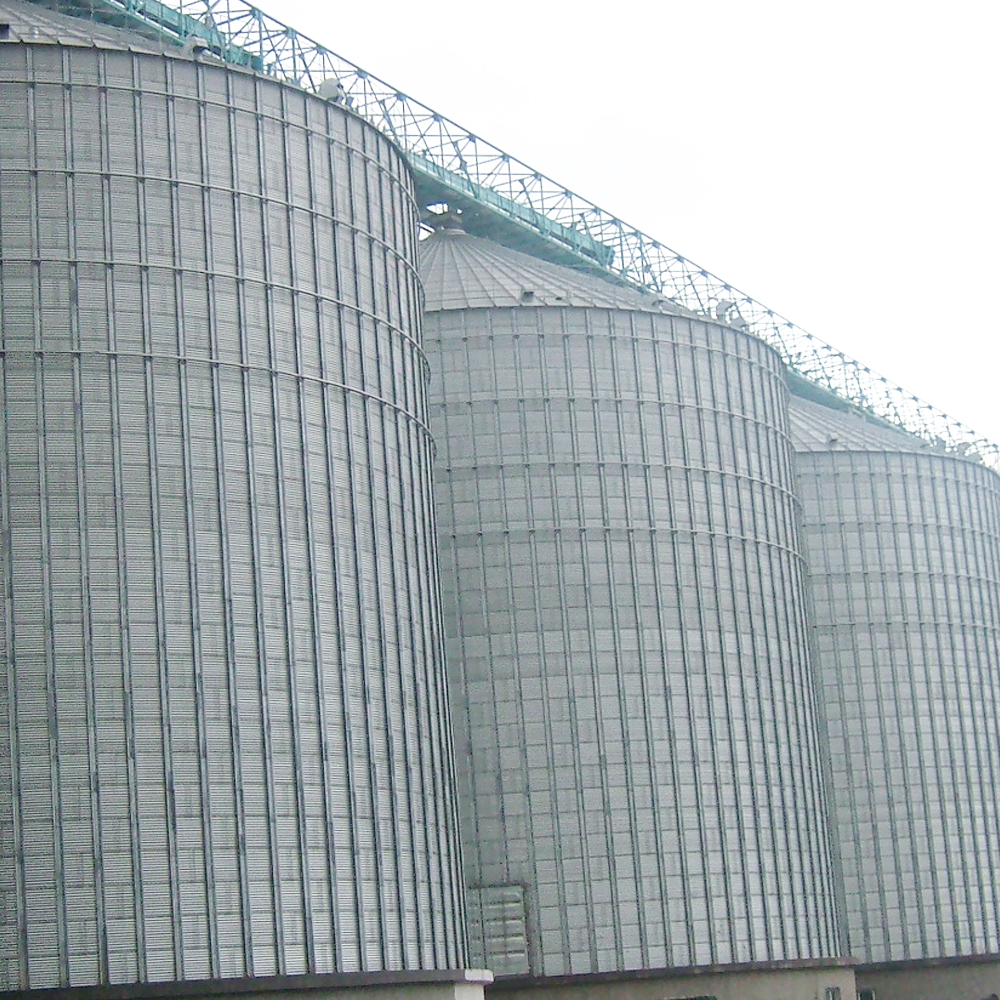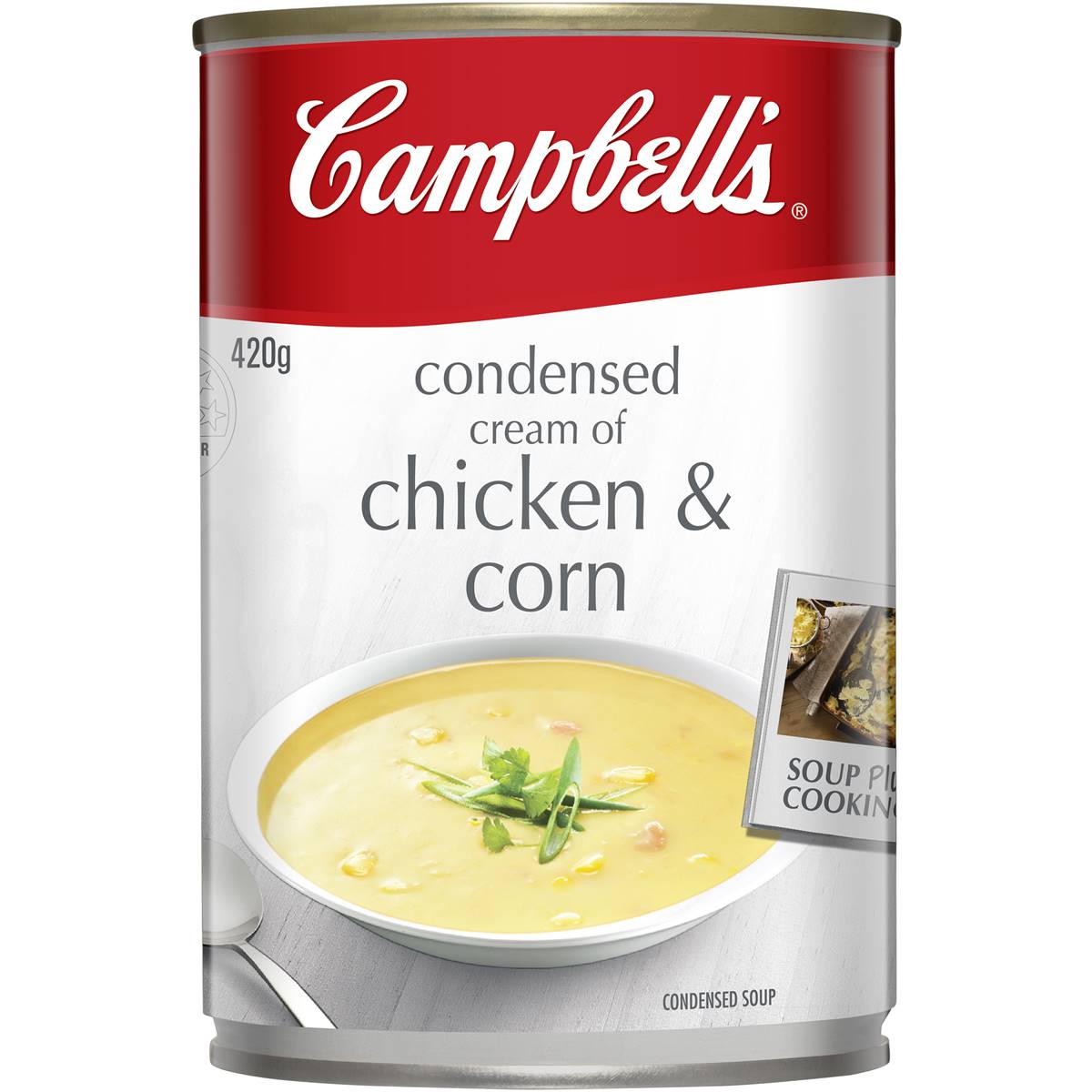


“People have different opinions about what ‘real food’ means to us, consumers, and at Campbell,” he explains.Ĭampbell has promised to become more real. Jeff George, vice president of research and development of Campbell’s Americas division, told me for some it means no artificial ingredients. But what does “real food” even mean?ĭifferent things to different people, apparently. Campbell is making a bigger bet on fresh because, as Morrison explains it, consumers are demanding healthier, real foods with fewer artificial ingredients and minimal processing. It also explains why Campbell at the beginning of the year created three new divisions, including Campbell Fresh-a business that generates over $1 billion annually from the sale of Bolthouse Farms, Garden Fresh Gourmet and the company’s U.S. The label features a farmer working with a businessman.

Campbell recreated an old label for the new, resurrected soup that was made in 2016. Established brands and Big Food makers like Campbell are responding by reinventing their products to make simple and better-for-you foods. The movement toward fresher foods with “clean” labels mostly devoid of artificial ingredients explains why items on the perimeter of supermarkets-where fresh meats, vegetables and cheese are found-have been selling strongly while the center of the store filled with more processed goods is facing some sales woes. “That was a big catalyst for us in rethinking who we are and how we want to show up in this world.” “The relevance of Big Food companies is in decline,” Alexander said. When I met with Campbell’s top Americas executive in Camden, he echoed those comments. “Nearly 70% of adults indicate that fresh is an important attribute when buying food.” “The food industry is in the midst of a true revolution,” said Campbell Soup President and CEO Denise Morrison at an industry conference earlier this year.

As teenagers, Ed and August-the current owners of Wuillermin & Son Farms-drove their grandfather’s tomatoes to Camden for production at Campbell’s plant. Coincidentally, the parties had done business before. To get the roughly 20,000 pounds of tomatoes needed to make about 10,000 jars of soup, Campbell turned to a third-generation farm in Hammonton, N.J., which grows about three acres of the produce. “We felt the most important work we had ahead of us was to do the due diligence on the sourcing.” Dorrance in what we were attempting to do and the most important ingredient in the soup is the tomato,” Imhoff said. But Dorrance’s recipe called for Jersey tomatoes, so Campbell took that seriously. These days, Campbell sources almost all its tomatoes from California. Courtesy of Campbell Soup CompanyĬampbell also had to call some old friends to source the tomatoes locally. He went on to serve as company president-succeeding his uncle Arthur in that role.
CAMPBELLS SOUP CORN SILO WISCONSIN HOW TO
The younger Dorrance’s first project was to try to figure out how to make a condensed soup, a recipe he quickly solved with his educational background in chemistry and mathematics. John Dorrance was first employed by Campbell Soup in 1897, hired by his uncle Arthur as a family favor to give his nephew some direction. “As we looked back and did some navel-gazing back into our history and our roots, we found things about ourselves that are super relevant to consumers and are different than what other food companies can offer,” said Mark Alexander, president of Campbell’s Americas division. Campbell-which sells 85 million cans of tomato soup each year in the U.S.-says it is on that journey too. A return to the old way of doing things in some way mirrors the challenges we see in the food and beverage industry today, as consumers demand cleaner and leaner foods with fewer artificial ingredients and colors. Many other executives and team members agreed: the investment Campbell made in resurfacing this recipe-which hadn’t been used in many decades-felt inspiring. “I’ve been with Campbell’s for 32 years and the day we were working on this, it was the best day for me with Campbell’s,” said Pete Imhoff, director of pilot plant operations at Campbell. The journey to create this line of soup-from finding local, New Jersey tomatoes to learning what measurement the recipe actually meant when it said to ‘use a #16 bucket’-was talked about with great pride when Fortune visited Campbell Soup’s (CPB) Camden, N.J.
CAMPBELLS SOUP CORN SILO WISCONSIN CRACKER
Plans are in place to sell a small batch line of soups in 2017 for a limited time in Cracker Barrel (CBRL) locations in Pennsylvania and New Jersey. And this year, it made 10,000 jars by following the 101-year-old soup recipe as closely as it could. John Dorrance’s original beefsteak tomato soup recipe from 1915. Tucked away in the archives of the company behind the namesake tomato soup, Goldfish crackers and Prego was Dr.


 0 kommentar(er)
0 kommentar(er)
